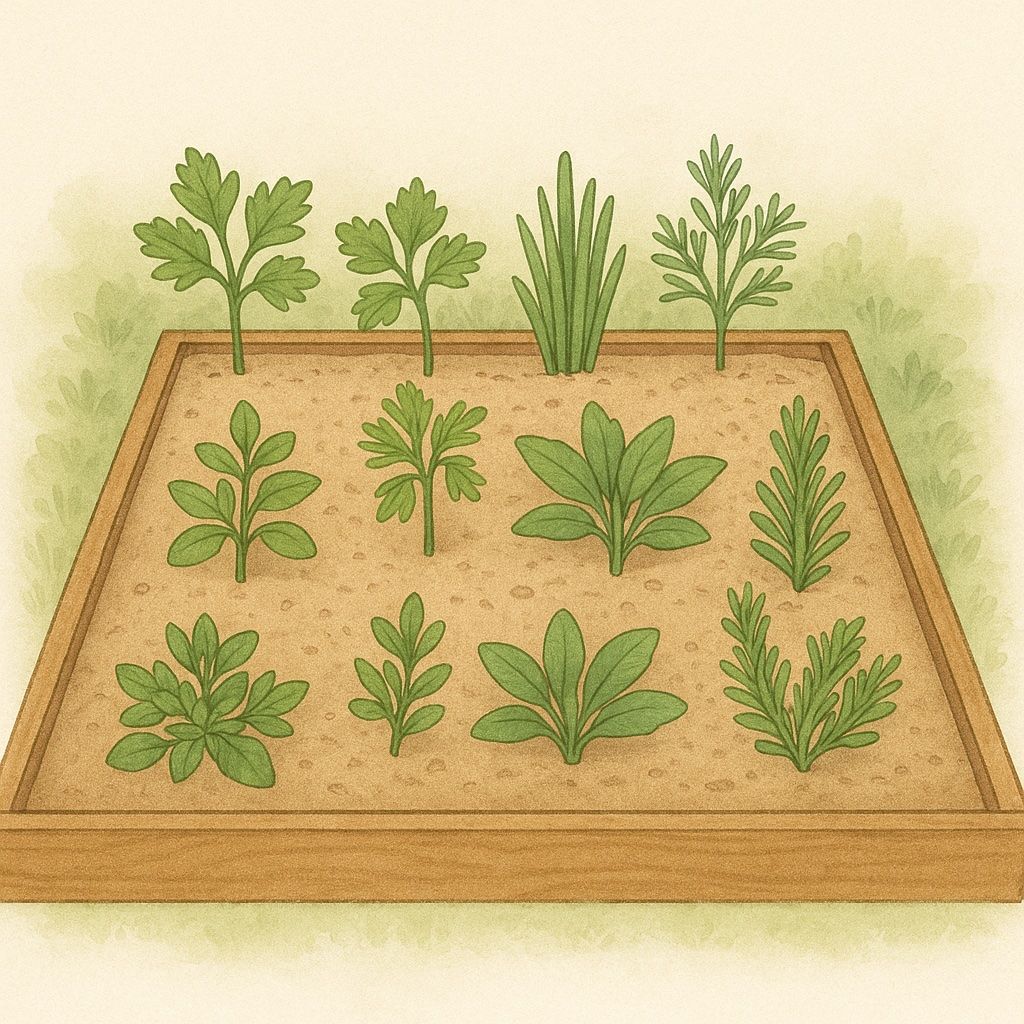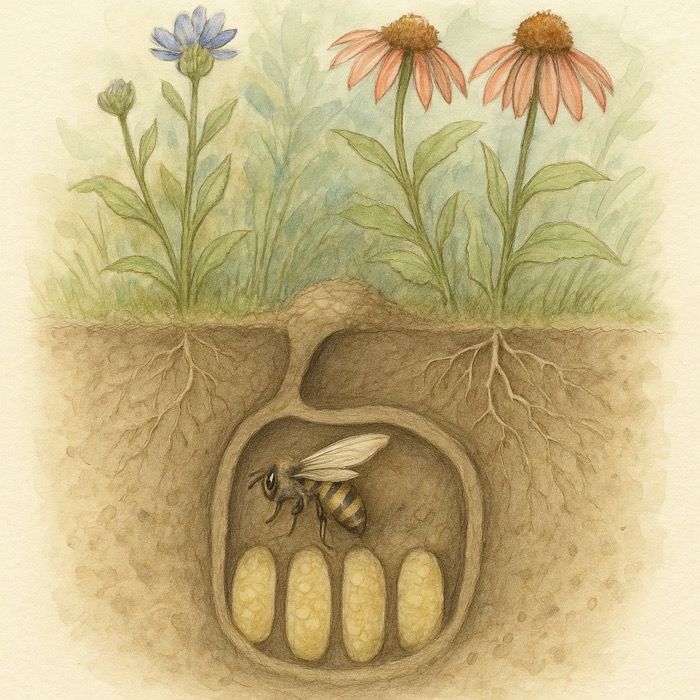Growing Spinach – A Complete Guide for a Bountiful Harvest
Spinach is one of the most versatile and nutrient-rich leafy greens you can grow in your garden. This cool-season crop thrives in early spring and fall, offering a rich source of vitamins and minerals. Whether you’re growing spinach for fresh salads, stir-fries, or smoothies, learning the right planting and care techniques will ensure you enjoy a continuous harvest throughout the season.
When to Plant Spinach
Spinach prefers cooler weather, making early spring and fall the best times to plant. For a spring harvest, sow seeds as soon as the ground is workable, usually 4 to 6 weeks before the last frost date. In warmer regions, fall planting should occur about 6 to 8 weeks before the first expected frost. Spinach grows best when temperatures are between 50°F and 70°F, so plan your planting accordingly.
Popular Spinach Varieties
When selecting spinach for your garden, choosing the right variety can make all the difference. Different types of spinach offer unique flavors, textures, and growth habits, so picking the best variety for your climate and taste preferences is key.
- Bloomsdale – This heirloom variety is known for its large, dark green, crinkled leaves and rich flavor. Bloomsdale spinach is slow to bolt, making it a great choice for early spring or fall planting.
- Savoy – Featuring heavily crinkled, deep-green leaves, Savoy spinach is particularly hardy and resistant to cold. It’s excellent for both fresh eating and cooking, adding texture and taste to any dish.
- Flat-Leaf Spinach (Giant Noble) – Known for its smooth, tender leaves, flat-leaf spinach varieties like Giant Noble are easy to clean and great for salads. This variety produces large, broad leaves and is perfect for cooler climates.
- New Zealand Spinach – Technically not a true spinach, this heat-tolerant variety is ideal for gardeners in warmer regions. New Zealand spinach grows well in summer and produces smaller, succulent leaves.
- Malabar Spinach – Another heat-loving alternative, Malabar spinach is actually a vining plant that thrives in warm weather. Its glossy leaves offer a mild flavor and work well in both salads and cooked dishes.
Choosing a variety that suits your growing conditions and personal preferences will help you get the most out of your spinach crop.
Master Gardener Tips: To extend your spinach harvest in warmer weather, use a shade cloth to keep the plants cool and prevent bolting. Additionally, watering spinach in the morning reduces the risk of mildew and ensures the plants stay hydrated throughout the day. For continuous harvest, sow new seeds every two weeks during the growing season.
Steve, Your Friendly Master Gardener
Choosing the Right Location
Spinach thrives in rich, well-draining soil with a slightly acidic to neutral pH (6.0 to 7.0). Choose a location that gets partial to full sun, though spinach can tolerate some shade, especially during the warmer months. If you’re planting spinach in containers, ensure they are at least 6 inches deep to accommodate the plant’s roots.
Planting Spinach
- Spacing – Sow spinach seeds about 1/2 inch deep and space them 1 to 2 inches apart. Once seedlings have emerged, thin them to about 3 to 4 inches apart. This allows enough space for the plants to mature without overcrowding.
- Rows – Space rows 12 to 18 inches apart to give the plants room to grow and make harvesting easier.
Spinach germinates best in cool soil, between 40°F and 75°F. If temperatures rise above this range, germination can slow, so consider using shade cloths in warmer climates.
Watering and Care
Spinach requires consistent moisture to grow well. Water the plants deeply, aiming for at least 1 inch of water per week. Avoid overhead watering, as wet leaves can lead to mildew or disease. Applying a layer of mulch around the plants can help retain soil moisture and keep the roots cool.
Fertilize your spinach with a balanced organic fertilizer or compost before planting and once again halfway through the growing season. Avoid high-nitrogen fertilizers, which can encourage leafy growth at the expense of flavor and tenderness.
Pest and Disease Control
Spinach is generally a hardy plant, but it can occasionally fall victim to common garden pests such as aphids, leaf miners, and slugs. Keep a close eye on your plants, and use natural pest control methods such as neem oil or insecticidal soap to manage infestations. Regularly check the undersides of the leaves for pests and remove any damaged foliage to prevent the spread of disease.
Harvesting Spinach
You can start harvesting spinach leaves as soon as they are large enough to eat, usually within 40 to 50 days of planting. Use scissors or garden shears to cut outer leaves, leaving the center of the plant intact so it continues to produce. Regular harvesting encourages more growth, allowing you to enjoy a prolonged harvest season.
For baby spinach, pick the leaves when they reach 2 to 3 inches in length. For larger, mature spinach, harvest when leaves are about 4 to 6 inches long. Spinach can also be harvested in a single cut, but this will end production for that plant.
Tips for Success
- Avoid Bolting – Spinach is sensitive to heat and can bolt (go to seed) quickly in warm weather. To prevent bolting, plant early in the season, or use shade cloth to keep the plants cool during unexpected warm spells.
- Succession Planting – To enjoy a continuous supply of fresh spinach, practice succession planting by sowing seeds every 2 to 3 weeks.
- Companion Planting – Spinach grows well with crops like radishes, strawberries, and onions, as these plants provide some shade and help protect against pests.
Storage and Use
Once harvested, spinach should be washed and stored in the refrigerator, where it will last for up to a week. To extend the shelf life, consider blanching and freezing spinach leaves. Spinach is perfect for fresh salads, sautéed dishes, soups, and smoothies, making it a versatile green for any meal.
By following these tips, you’ll be well on your way to growing healthy, delicious spinach. Whether you’re planting in the ground or containers, spinach is a low-maintenance crop that delivers high rewards for your kitchen and your health.















